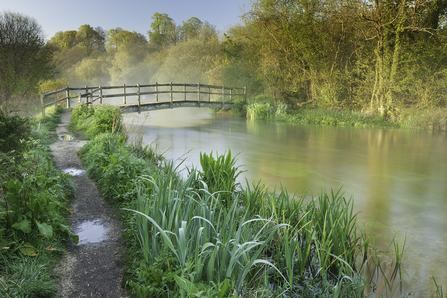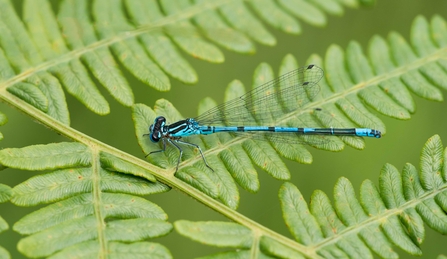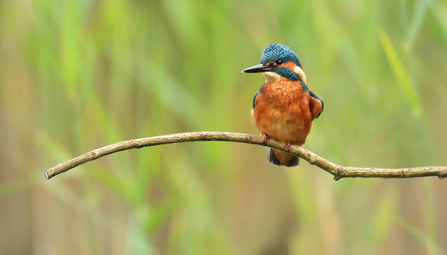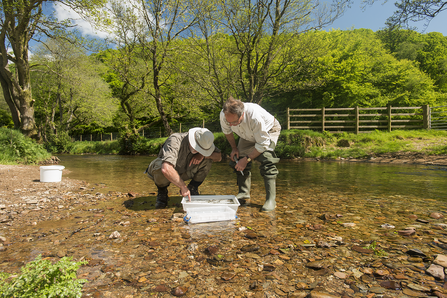With smartphone technology improving each year, more of us than ever have the ability to take fantastic photos. Our chalk stream photography competition is the perfect chance to flex your creative skills, so whether you're a camera whizz or a spontaneous snapper, here are our top tips!
Plan ahead
Before you head out on your photo-taking trip, make sure you're ready for adventure. Getting that brilliant shot can take time, so pack clothing and supplies suitable for the weather. Make sure your phone or camera is fully charged, and take a waterproof case or bag in case of sudden downpours.
You don't need fancy equipment to get a great shot, but if you're using a smartphone you may want to invest in a few affordable pieces of kit. One is a clip-on macro lens for capturing insects and fine detail. The other is a mini tripod to keep your phone still - handy in low light or on windy days.
Perhaps the most valuable thing you can bring along is knowledge. If you're looking for wildlife, get to know the relevant animal tracks, bird calls, and plant habitats. For landscapes and heritage features, local guides can be a goldmine of vantage points and hidden gems.





